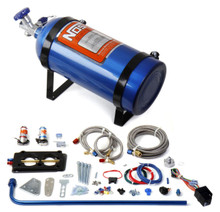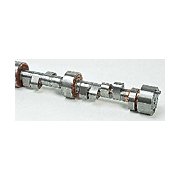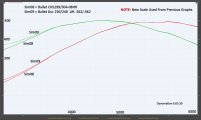Drew Pedersen
Member
Thank you both for the replies.
I installed the cam on a 104 intake centerline. Installing the crank gear using the straight-up keyway gave me an incorrect intake centerline, so I repositioned the crank gear to the keyway for advancing the cam timing. After repositioning the crank gear, I degreed the cam again and the intake centerline was 104.
I installed the cam on a 104 intake centerline. Installing the crank gear using the straight-up keyway gave me an incorrect intake centerline, so I repositioned the crank gear to the keyway for advancing the cam timing. After repositioning the crank gear, I degreed the cam again and the intake centerline was 104.







